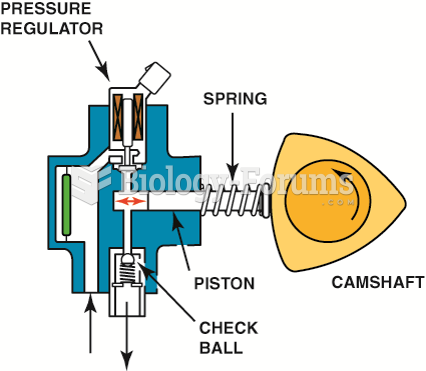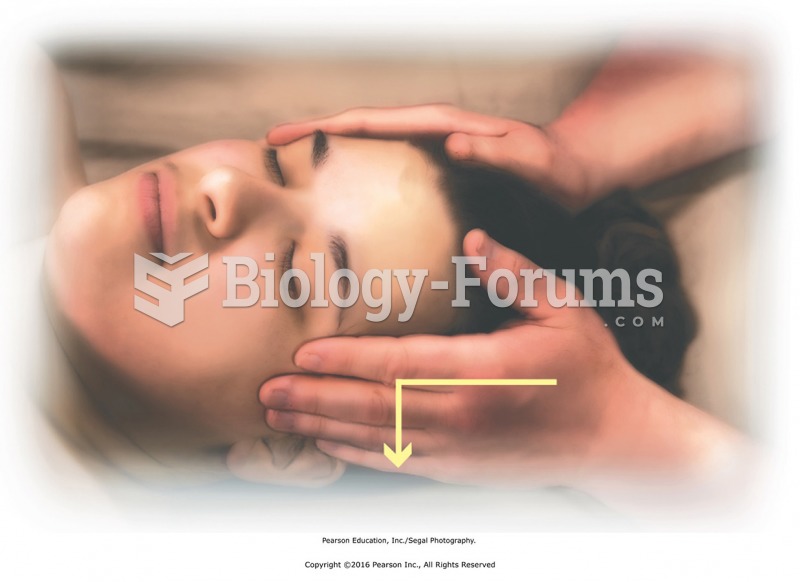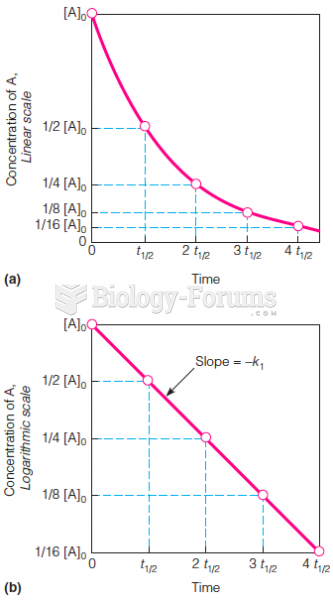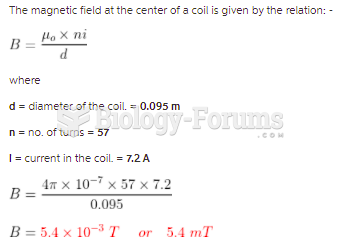|
|
|
Aspirin is the most widely used drug in the world. It has even been recognized as such by the Guinness Book of World Records.
The term bacteria was devised in the 19th century by German biologist Ferdinand Cohn. He based it on the Greek word "bakterion" meaning a small rod or staff. Cohn is considered to be the father of modern bacteriology.
Medications that are definitely not safe to take when breastfeeding include radioactive drugs, antimetabolites, some cancer (chemotherapy) agents, bromocriptine, ergotamine, methotrexate, and cyclosporine.
Blood is approximately twice as thick as water because of the cells and other components found in it.
A serious new warning has been established for pregnant women against taking ACE inhibitors during pregnancy. In the study, the risk of major birth defects in children whose mothers took ACE inhibitors during the first trimester was nearly three times higher than in children whose mothers didn't take ACE inhibitors. Physicians can prescribe alternative medications for pregnant women who have symptoms of high blood pressure.
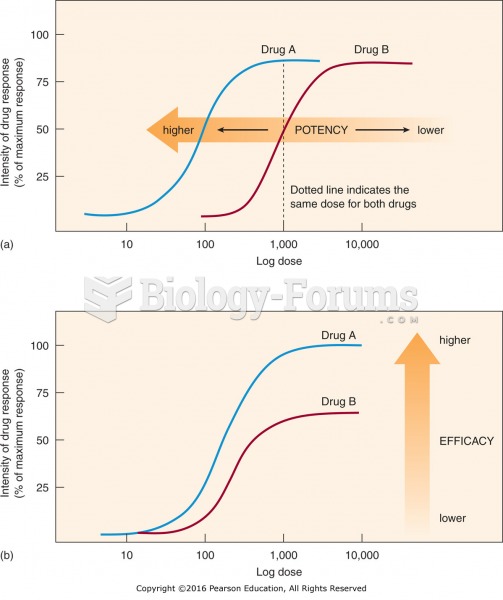 Potency and efficacy: (a) Drug A has a higher potency than drug B. (b) Drug A has a higher efficacy ...
Potency and efficacy: (a) Drug A has a higher potency than drug B. (b) Drug A has a higher efficacy ...
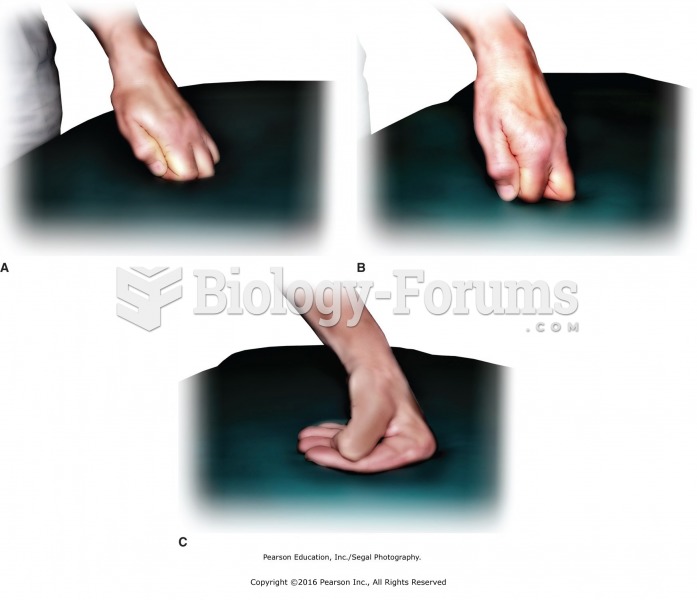 Different hand positions and working surfaces for massage applications on large muscles. A. Flat ...
Different hand positions and working surfaces for massage applications on large muscles. A. Flat ...


